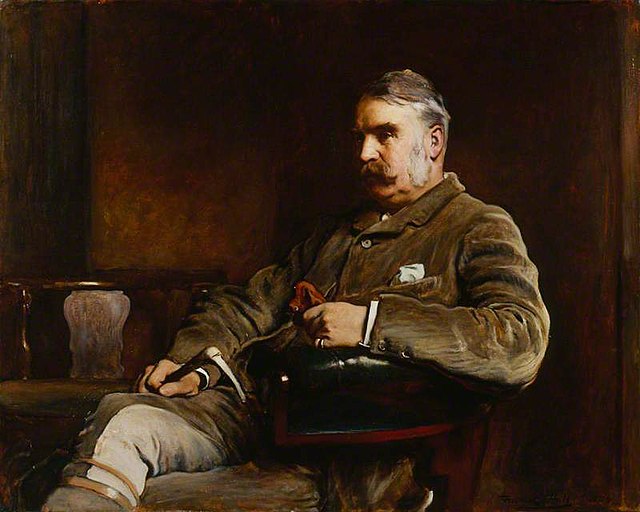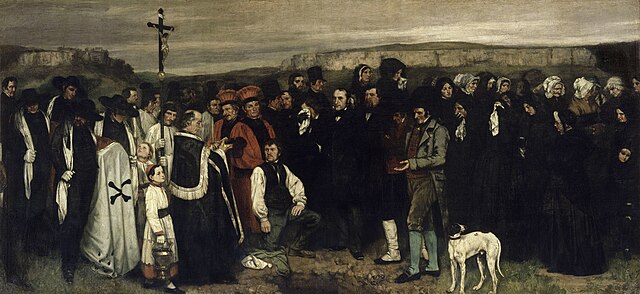Francis Montague Holl was a British painter, specializing in somewhat sentimental paintings with a moment from a narrative situation, often drawing on the trends of social realism and the problem picture in Victorian painting. He was also, especially in his later years when the demand for social realism slackened, a portrait painter, mostly of official-type portraits of distinguished and therefore elderly men, including members of the royal family.
Self-portrait, 1863
Did you ever kill anybody Father?, 1883
W.S. Gilbert, 1886, National Portrait Gallery
No Tidings from the Sea, 1870, Royal Collection
Social realism is the term used for work produced by painters, printmakers, photographers, writers and filmmakers that aims to draw attention to the real socio-political conditions of the working class as a means to critique the power structures behind these conditions. While the movement's characteristics vary from nation to nation, it almost always uses a form of descriptive or critical realism.
Grant Wood's magnum opus American Gothic, 1930, has become a widely known (and often parodied) icon of social realism.
Charles de Groux, The Blessing, 1860
Jacob Riis, Bandit's Roost, 1888, from How the Other Half Lives. Bandit's Roost at 59½ Mulberry Street was considered the most crime-ridden part of New York City.
Gustave Courbet, A Burial At Ornans








